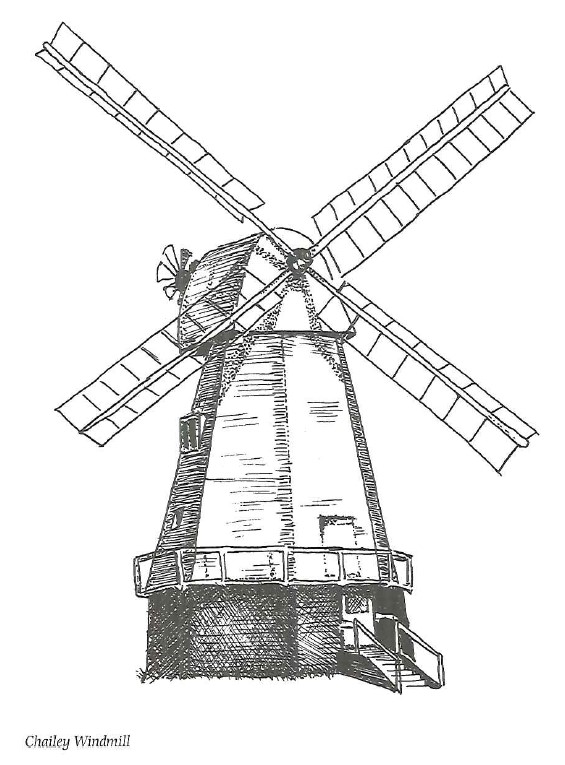Generations of Kingston boys (and girls) have scared themselves silly by trying to conjure up the ghost of Nan Kemp. Exactly when she lived has got a bit lost in local folklore, but her grisly crime has been handed down (and no doubt elaborated upon) with squeamish relish.
Mrs Kemp was said to have murdered her baby and served up the unfortunate infant in a pie for her husband when he came in from the fields. She was in due course hanged and supposedly buried in Kingston’s Ashcombe Lane. Local legend said if you ran around her grave three times with your eyes shut her spirit would appear. The exact location of her last resting place also became a little hazy as the years went by, but at the top of Ashcombe Lane is Nan Kemp’s Cottage and the grave was always held to be nearby.
Another resident who came to a sticky end was Martin Brown, Royal Horse Artillery deserter and petty criminal. He became a farm labourer at Kingston and developed a deep and irrational dislike for a shepherd called Tuppen – which led him to ambush and shoot the object of his hatred on the hillside. But it was dark and Brown shot the wrong man, his former landlord David Baldey. Just 22 years old, he was hanged at Lewes in December 1868, the first execution in Sussex under the amended law that the capital sentence take place in private within the precincts of the prison.
The village is in the classic style of the East Sussex Downland community, a single lane of flint cottages and finer houses leading to the foot of the hills. In the middle is St Pancras church, unusual in that it has a tapsell gate at the entrance. The gate swings open on a central axis and is peculiar to the County, others to be found at East Dean, Friston, Jevington and Pyecombe. Wellgreen Lane and The Ridge continued the growth of Kingston but it was the building of a big new housing estate in the 1960s that caused some protest from the established locals. Happily, the village was able to absorb the sudden jump in its population and the estate became the new centre for sporting activities. The opening of the cricket pitch there was a grand occasion as the Kingston worthies took on a Sussex XI. The honour of bowling the first ball went to Tom Tuppen, one of the oldest residents who was playing his cricket for Kingston at a different site long before the Great War took away many of his team-mates.
Tom rather surprised batsman Jim Parks, father of the renowned Sussex and England wicket-keeper of the same name, with an old-fashioned underarm delivery. The old player was taken off complaining loudly that the new pitch was not as good as the old one.
Juggs Lane was the route taken by the Brighton fishwives on their way over the hills to sell their wares in Lewes. The name lives on at the pub, The Juggs Arms, which has a comely version of these stoic ladies as its sign.
Newmarket Hill at Kingston was the lonely Downland eyrie of one of the county’s remarkable personalities: John Dudeney, the shepherd scholar. He came to the village at the end of the 18th century as a young man to tend the sheep for a wage of £6 a year, and though he had no regular schooling his thirst for knowledge prompted him to invest what savings he had on books. Some measure of the progress he made can be gauged by the fact that he taught himself to read the Bible in the original
Hebrew.
He also studied the ships out in the Channel and built himself a primitive telescope from pasteboard and old lenses to study the heavens. Next, with a pair of compasses and the paper spread on the close-cropped turf, he mastered geometry and simple mathematics. He found it impossible to carry his books and implements with him so dug a large hole, roofed with a stone, to store them on the hill.
Sixteen years later Dudeney descended from the Downs a
self-taught scholar to fill the post of schoolmaster. For nearly 50 years he taught science and languages to the youth of Lewes, in addition to the normal curriculum, in an age when elementary schools were a rarity for the poor. His career reached a peak when he played a leading part in the foundation of the Lewes Mechanics Institute.
